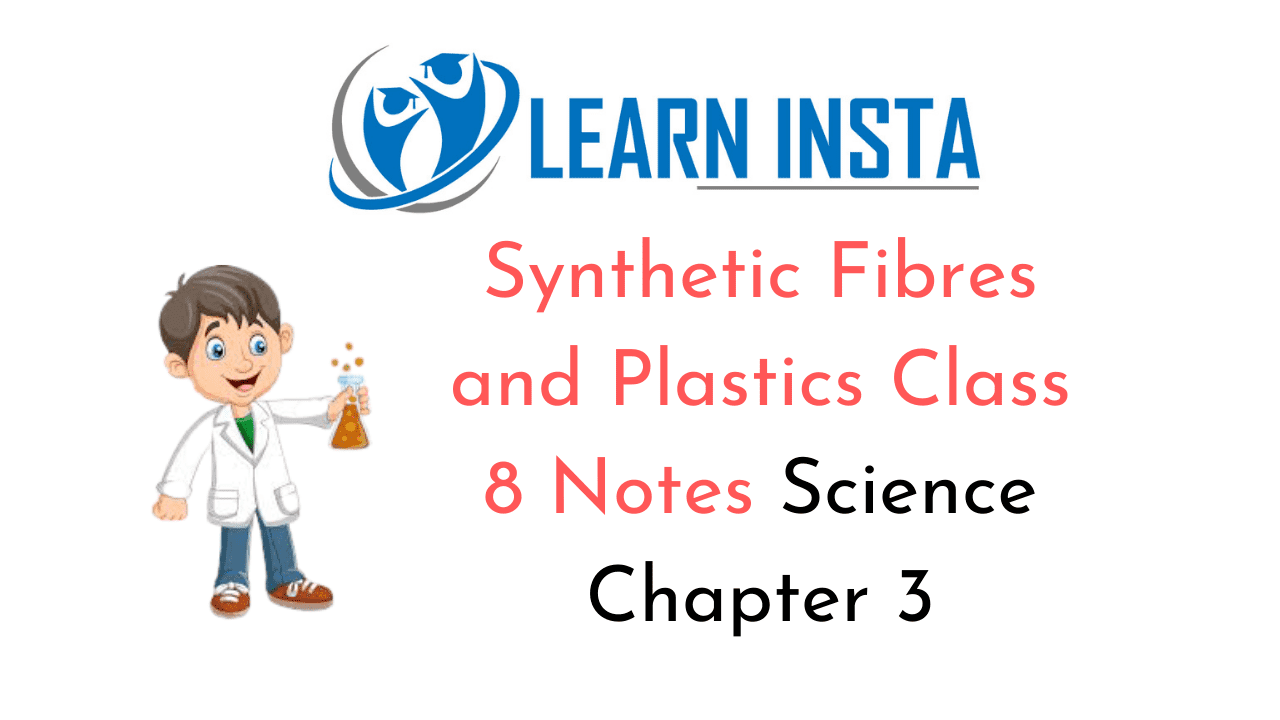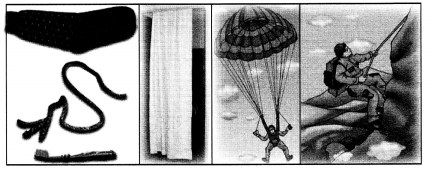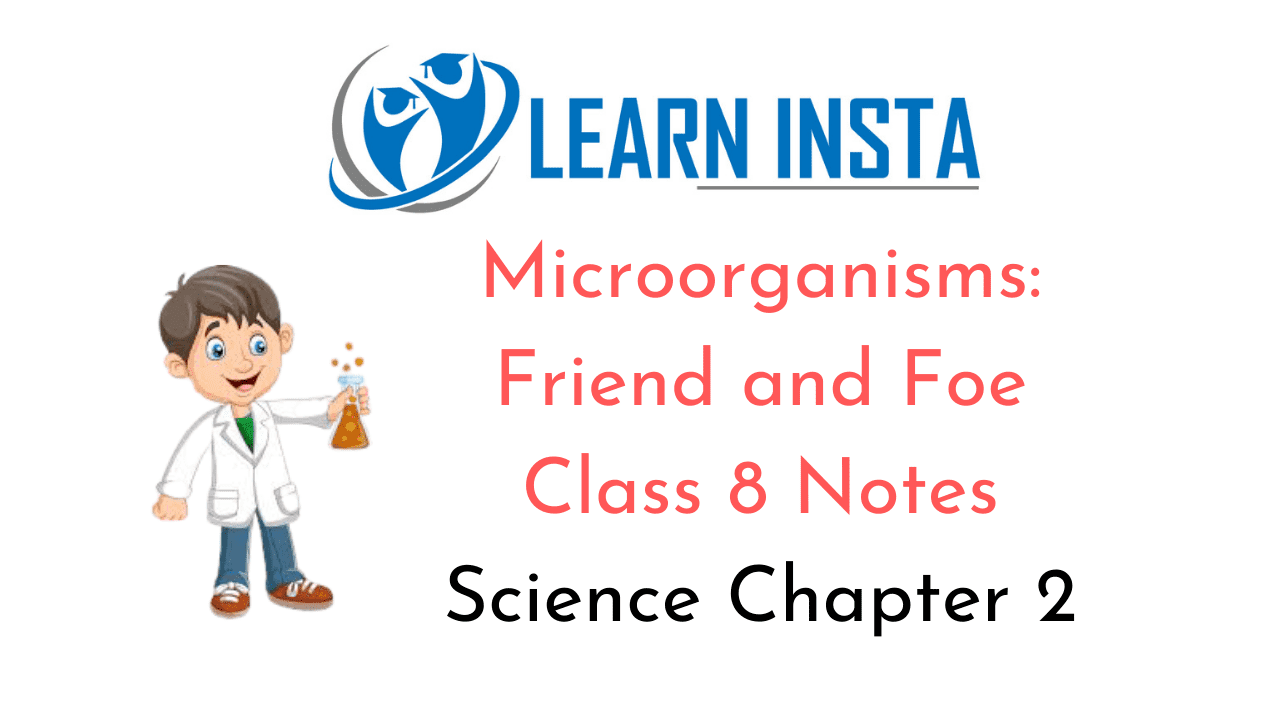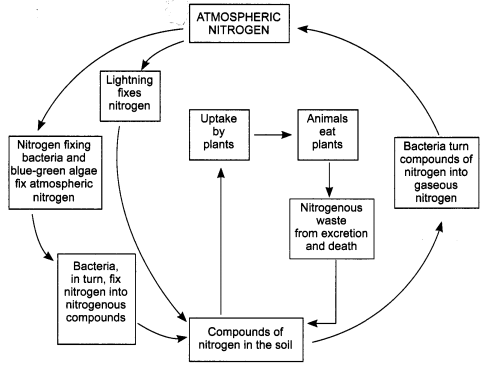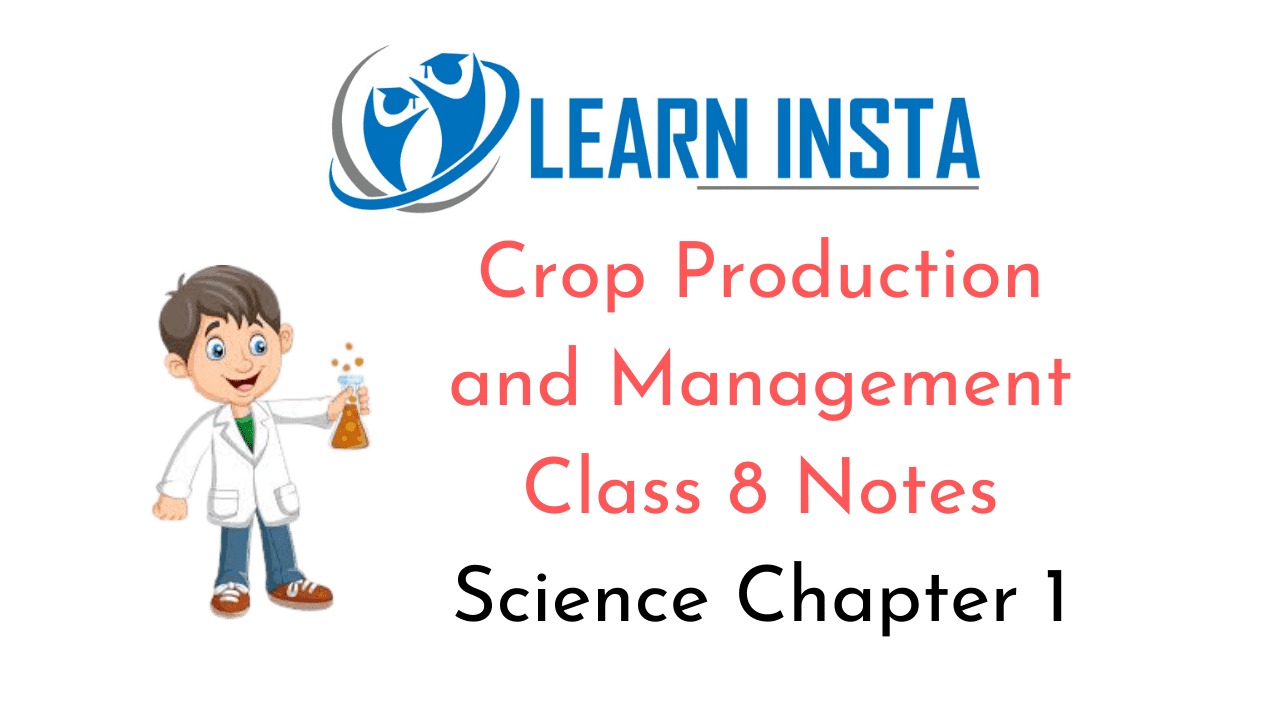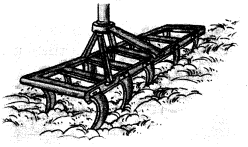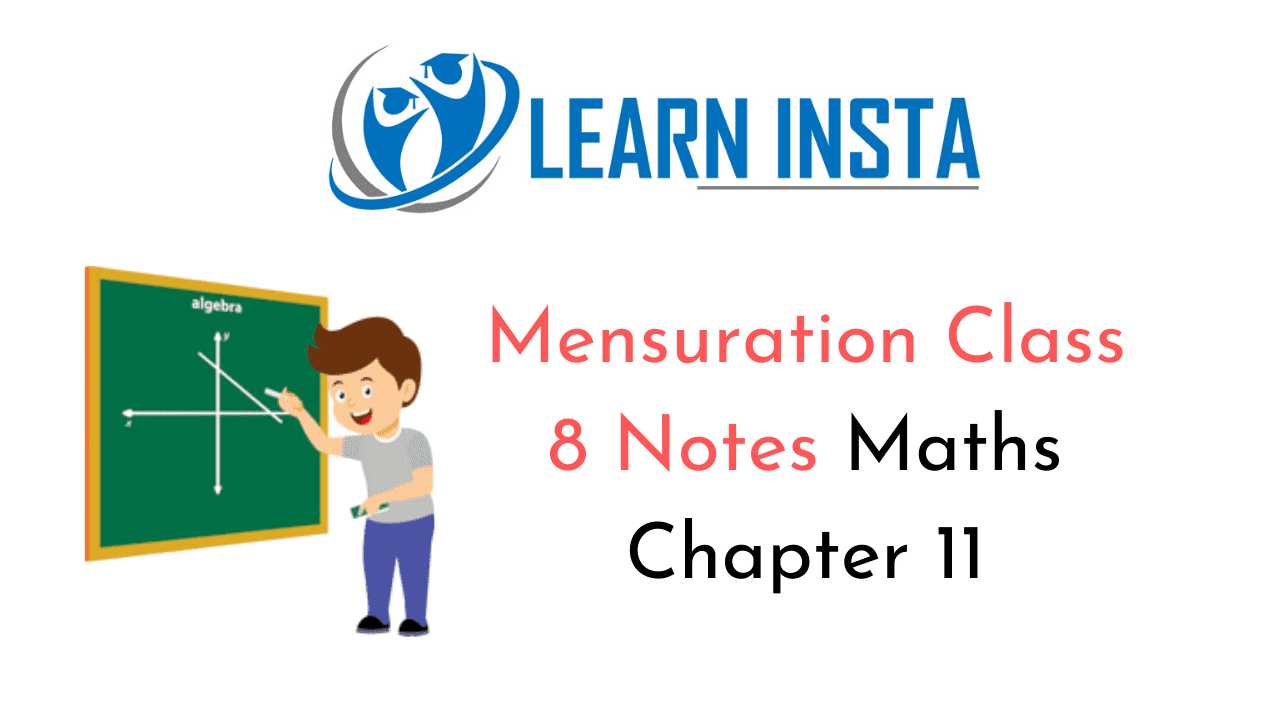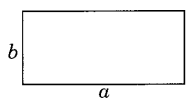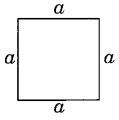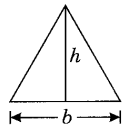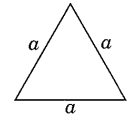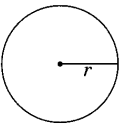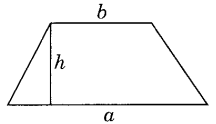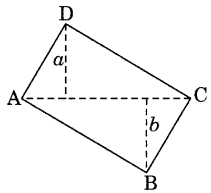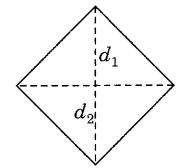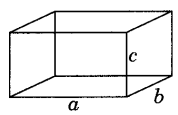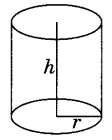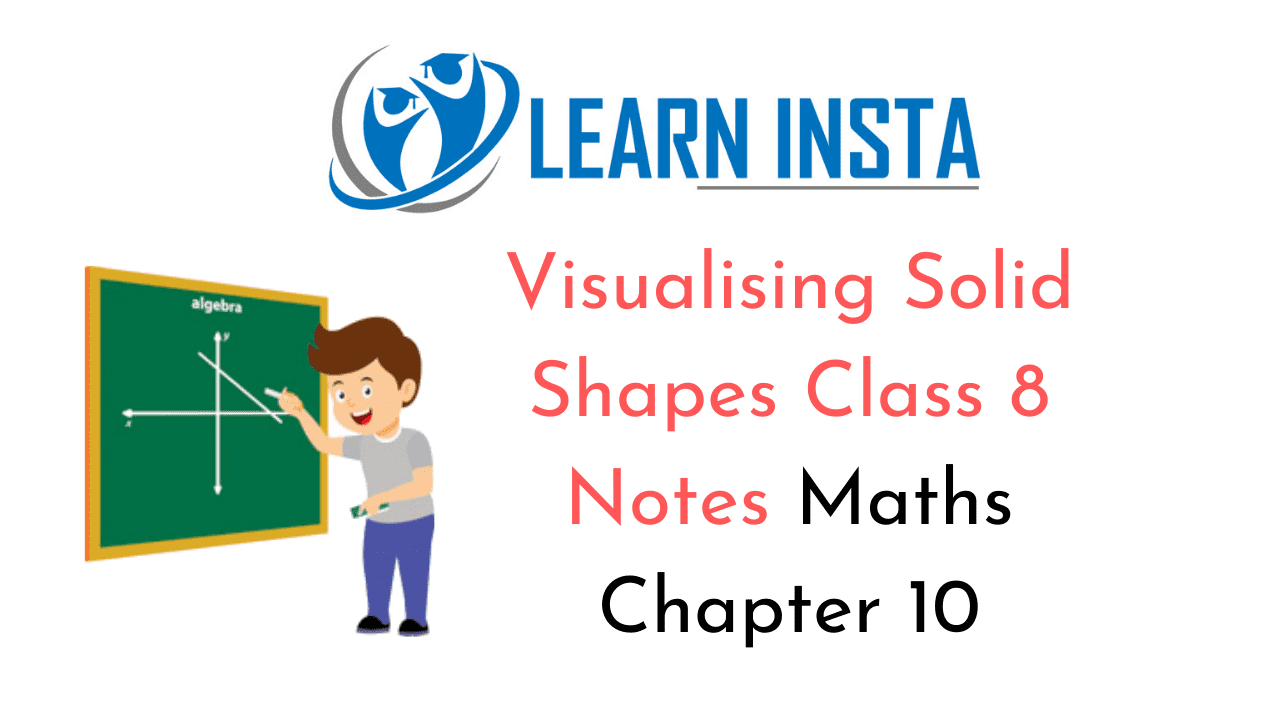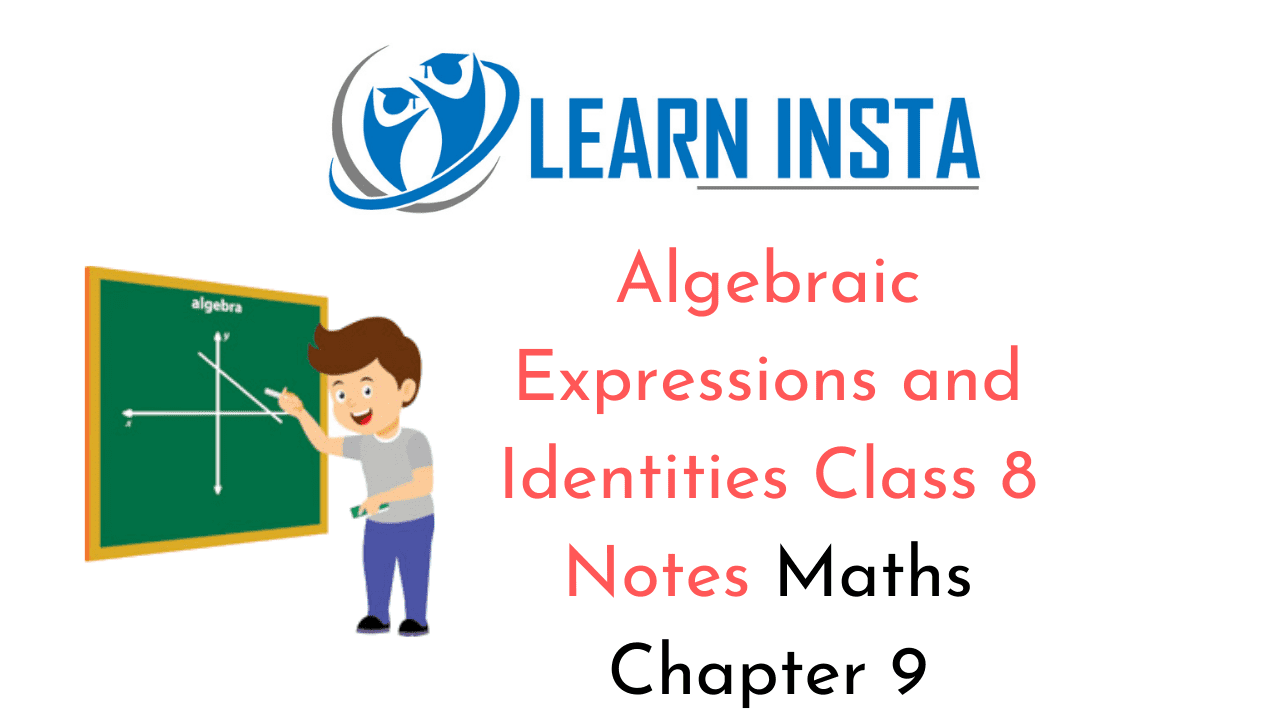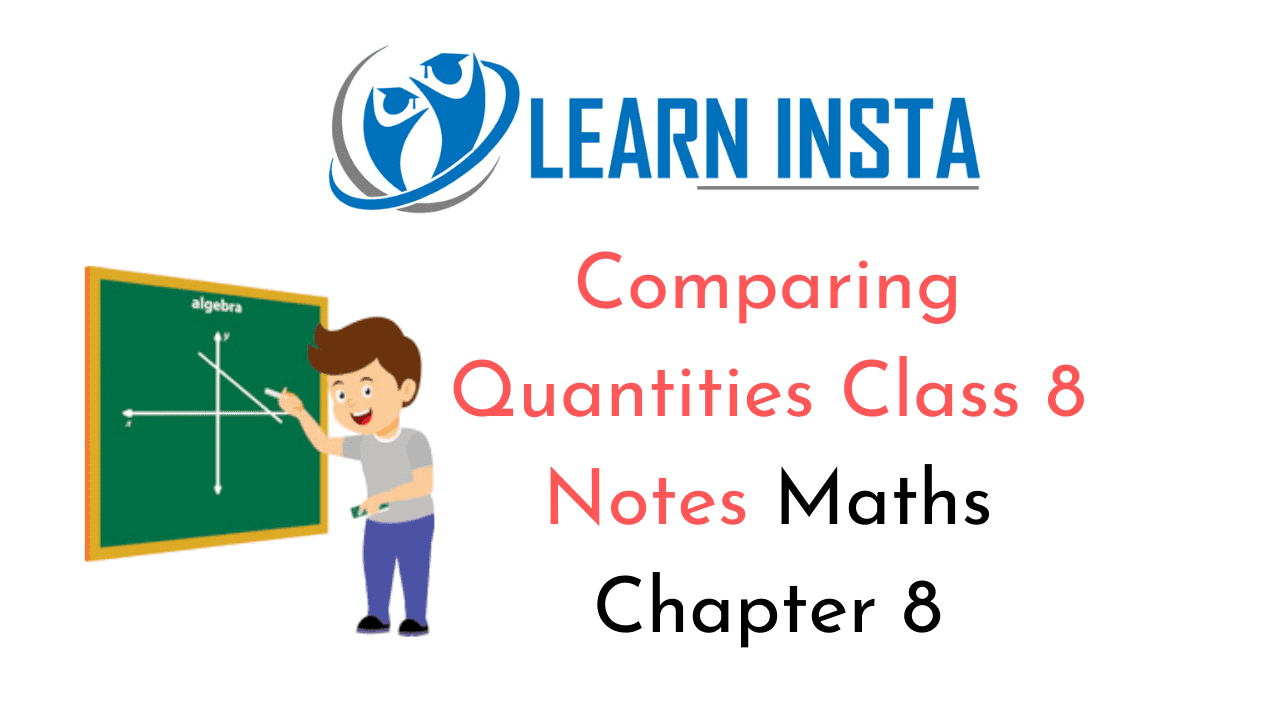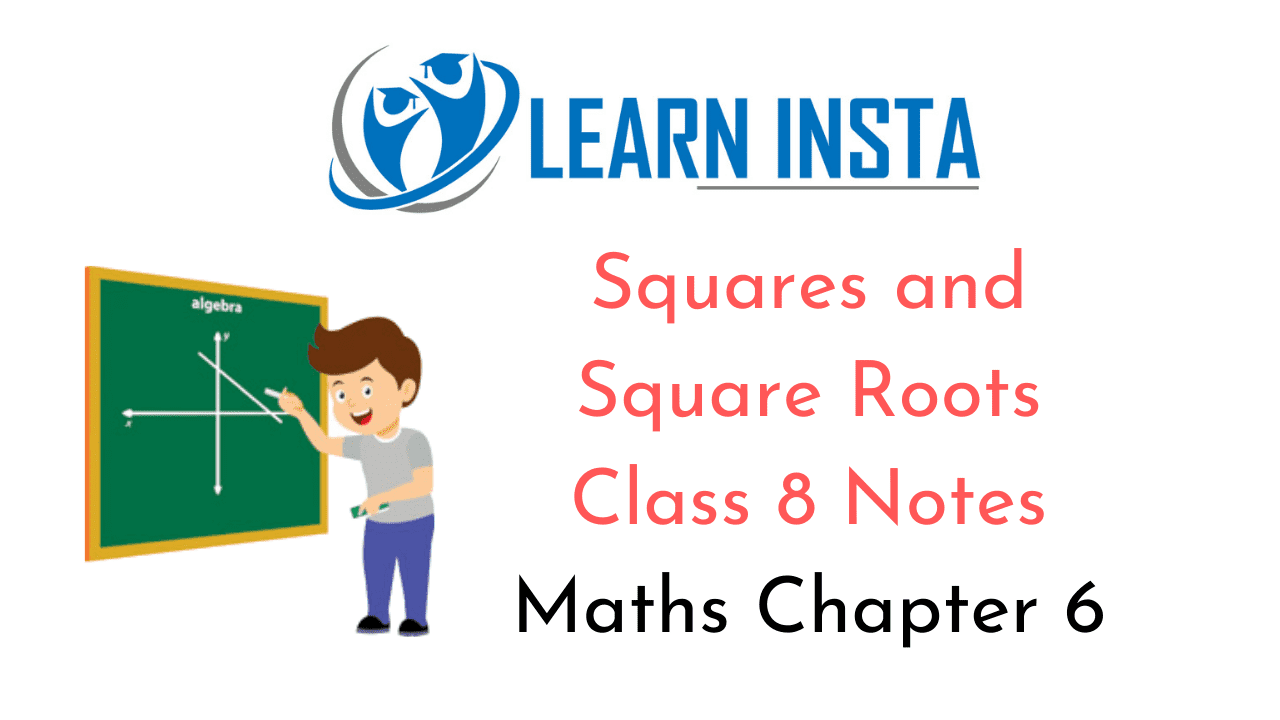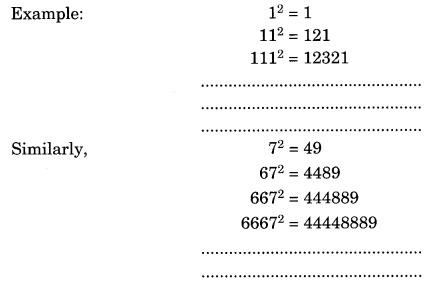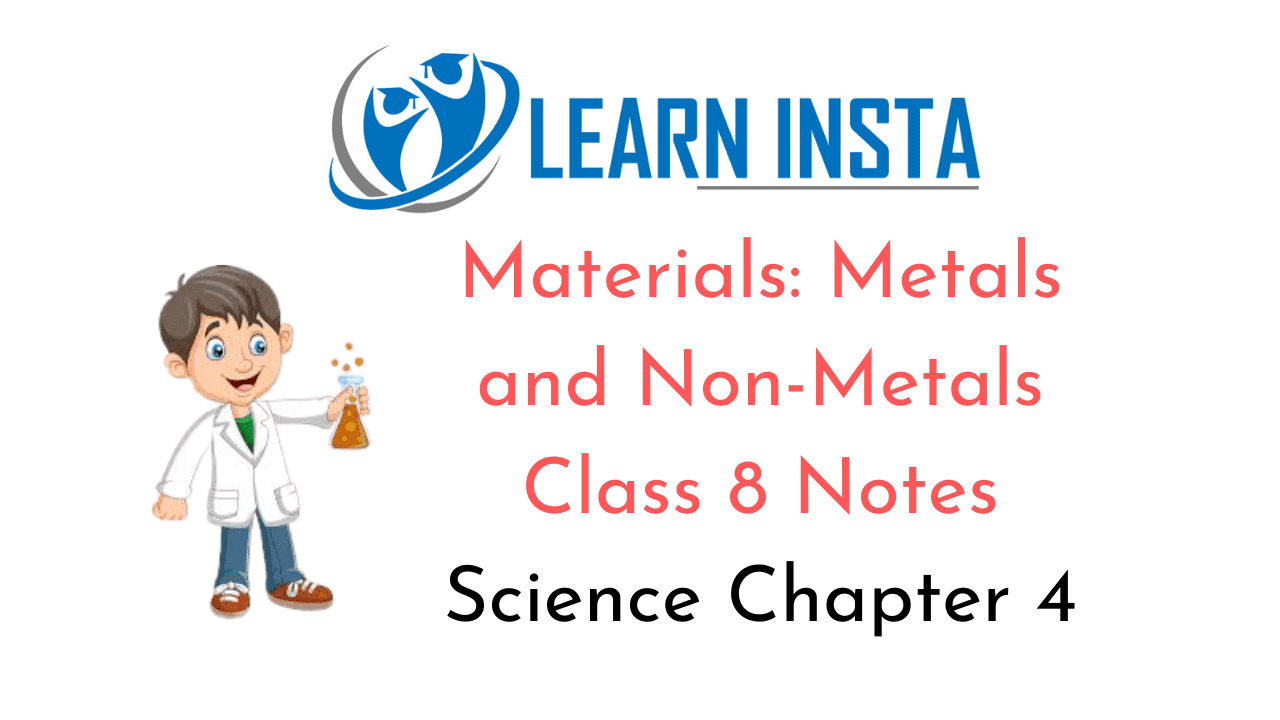
On this page, you will find Materials: Metals and Non-Metals Class 8 Notes Science Chapter 4 Pdf free download. CBSE NCERT Class 8 Science Notes Chapter 4 Materials: Metals and Non-Metals will seemingly help them to revise the important concepts in less time.
CBSE Class 8 Science Notes Chapter 4 Materials: Metals and Non-Metals
Materials: Metals and Non-Metals Class 8 Notes Understanding the Lesson
1. Materials can be broadly grouped into two groups metals and non-metals.
2. Substances which are generally hard, lustrous, malleable, sonorous and good conductors of heat and electricity are metals. For example, copper, iron, gold, silver, etc.
3. Substances which are generally soft, dull in appearance, brittle, non-sonorous and bad conductors of heat and electricity are non-metals. For example, oxygen, hydrogen, carbon, sulphur, etc.
4. The property of metals by which they can be beaten into thin sheets is called malleability.
5. The property of metal by which it can be drawn into wires is called ductility.
6. The property of metal of producing ringing sound is called sonority.
7. Chemical properties of metals and non-metals:
(i) Reaction with oxygen: Both metals and non-metals form their oxides when burnt in oxygen. Metals form basic oxides whereas non-metals generally form acidic oxides.
Reactions of metal or non-metal with oxygen are called oxidation reactions.
(ii) Reaction with water: Metals produce their oxides or hydroxides and hydrogen gas on reacting with water. Non-metals do not react with water.
(iii) Reaction with acids: Metals react with acids and produce metal salts and hydrogen gas. Hydrogen gas burns with a ‘pop’ sound, when a burning matchstick is brought near it.
Non-metals generally do not react with acids.
(iv) Reaction with bases: Most of the metals and non-metals generally do not react with bases. Some metals like aluminium, lead and zinc react with strong bases like sodium hydroxide to make complex salts and hydrogen gas. Similarly, sometimes some complex reactions take place between non-metals and bases.
(v) Displacement reactions: Reactions in which more reactive metal displaces the less reactive metal from its salt is called displacement reactions. Certain metals are capable of displacing other metals from their solutions. For example, zinc (Zn) replaces copper from copper sulphate solution. The reaction is as follows:
![]()
8. On the basis of reactivity of metals a sequence is formed called reactivity series. Metals on the top of the series are most reactive and those on the bottom are least reactive. Zinc is more reactive than copper and iron. A more reactive metal can replace a less reactive metal but, a less reactive metal cannot replace a more reactive metal.
9. Uses of metals: Metals are used in making machinery, automobiles, aeroplanes, trains, satellites, industrial gadgets, water boilers, utensils, etc. They are also used in making wires and sheets.
10. Uses of non-metals
- All living beings inhale oxygen during breathing, which is a non-metal.
- Non-metals like nitrogen, phosphorus and potassium are used in fertilisers to enhance the growth of plants.
- Non-metal like chlorine is used in water purification process.
- Non-metal is used in the purple coloured solution which is applied on wounds as an antiseptic.
- Non-metals are used in crackers.
Class 8 Science Chapter 4 Notes Important Terms
Atom: An atom is the smallest particle of an element which cannot be further divided by any physical mean.
Conductor: Substance which allow heat and electricity to pass through it is called conductor.
Displacement reaction: Reaction in which more reactive element displaces less reactive element is known as displacement reaction.
Ductility: The property of metals due to which they can be drawn into wires is called ductility. Metals are ductile.
Elements: The substances whose molecules are made up of only one type of atoms are known as elements.
Hardness: It is the property of a substance due to which it cannot be cut easily is called its hardness. Metals possess this property.
Malleability: It is the property of a substance due to which it can be beaten into thin sheets is called malleability. Metals have this property.
Metals: Substances which are generally shiny, hard, malleable, ductile, sonorous and good conductors of heat and electricity are metals.
Metalloid: Substances which possess properties of both metals and non-metals are called metalloids. For example, bismuth, antimony, arsenic and boron.
Non-metals: Materials which are soft, dull in appearance, non-sonorous and poor conductors of heat and electricity are called non-metals. They break down into a powdery mass on tapping with a hammer. They also form negative ions by gaining electrons.
Sonorous: The property due to which metals produce a ringing sound is called sonority. This is why metals are called to be sonorous.
